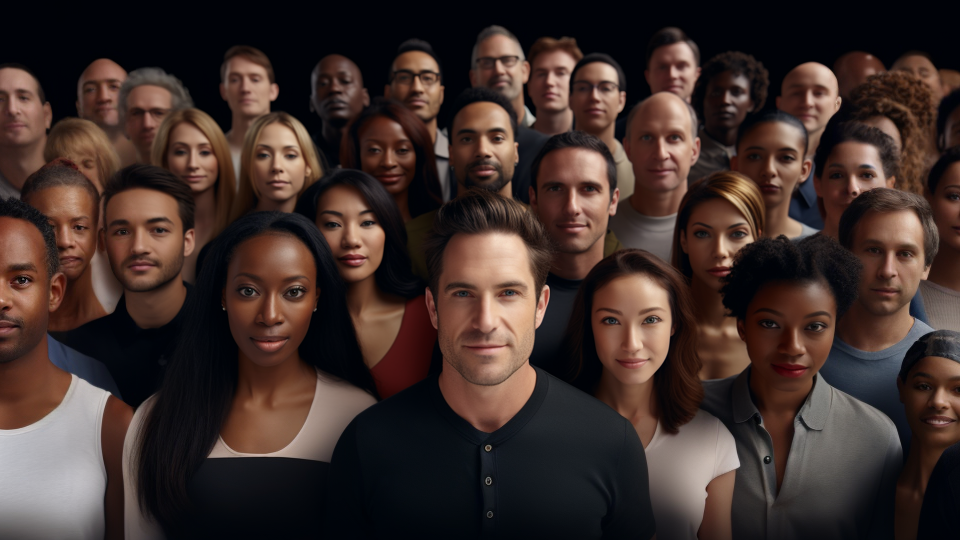Biometric technologies like fingerprints, iris scans, and voice recognition are becoming more prevalent for identity verification and security purposes. However, facial recognition stands out as the most versatile, accessible, authoritative, and future-proof biometric modality available today.
Here’s why your face will be the key to your digital identity.
Sources of absolute truth
The key advantage of facial recognition is that faces can be matched against existing photo identification databases. Government entities like the US Department of State, the UK Home Office, and the Australian Department of Home Affairs maintain comprehensive databases of facial photos tied to identity documents like driver’s licenses, passports, and other government-issued IDs. This allows facial recognition systems to validate someone’s identity against an authoritative source in real-time during verification.
Unlike other biometric traits like fingerprints or iris scans, there is no similarly exhaustive database of people’s fingerprint scans or iris images. Voice recognition cannot be easily matched to IDs either, and are also highly susceptible to being synthetically reproduced. A convincing voice deepfake can be created using as few as three seconds of sampled audio.
Facial images are the only common biometric identifier that can be cross-checked against official photo records across the population. The ability to confirm matches with government documentation provides unparalleled accuracy and legitimacy. Facial recognition is also the most innate, natural, and non-invasive biometric for people to use.
As easy as holding up your phone
Unlike remembering passwords, PINs, or security questions, verifying your identity simply by looking at a camera is highly convenient and accessible. Facial scans are contactless and work quickly and unobtrusively from a distance, unlike fingerprint readers or eye scanners which require physical contact each time.
Facial scans also enhance accessibility, as looking at a camera has no physical barriers compared to scanning fingerprints that may be worn down or damaged on certain individuals. Additionally, facial recognition improves inclusivity since high-quality facial data can be captured uniformly from nearly everyone, regardless of age, gender, skin condition, or other external factors that can affect fingerprint quality and scanning.
Limitless potential
While no technology is completely infallible, facial recognition provides an optimal balance of security, convenience, inclusivity, and scalability that alternatives cannot match. The capacity for facial recognition is effectively unlimited, and the technology will only continue to rapidly mature. This means our faces will likely become our ubiquitous and secure digital identity throughout society. From unlocking phones and doors to verifying identities for travel, financial services, and healthcare, facial biometrics are poised to become the new standard.
Your face is the future.
So for identity verification and authentication in the digital age, facial recognition stands above other biometric options. Backed by official, ubiquitous photographic records like driver’s licenses, passports, and other government-issued IDs, facial biometrics provide a secure, convenient, inclusive, and authoritative way to confirm we are who we claim to be both online and in-person. In fact, no other form of biometric comes close to matching the unique capabilities of this technology, especially in terms of universal applicability.
About the post:
Images are generative AI-created. Prompt: Image of many faces of people of various ethnicities and ages in an ascending arrangement. Tool: Midjourney.
About the author:
Adrian Oteng-Owusu is a Solutions Architect at IDVerse and has over 15 years of experience in the technology industry. He previously held positions in solutions engineering, integration management, and PHP engineering, working with blue-chips UK clients such as John Lewis & Partners, O2, lastminute.com, and Marks & Spencer. He has been in current role since 2022.


